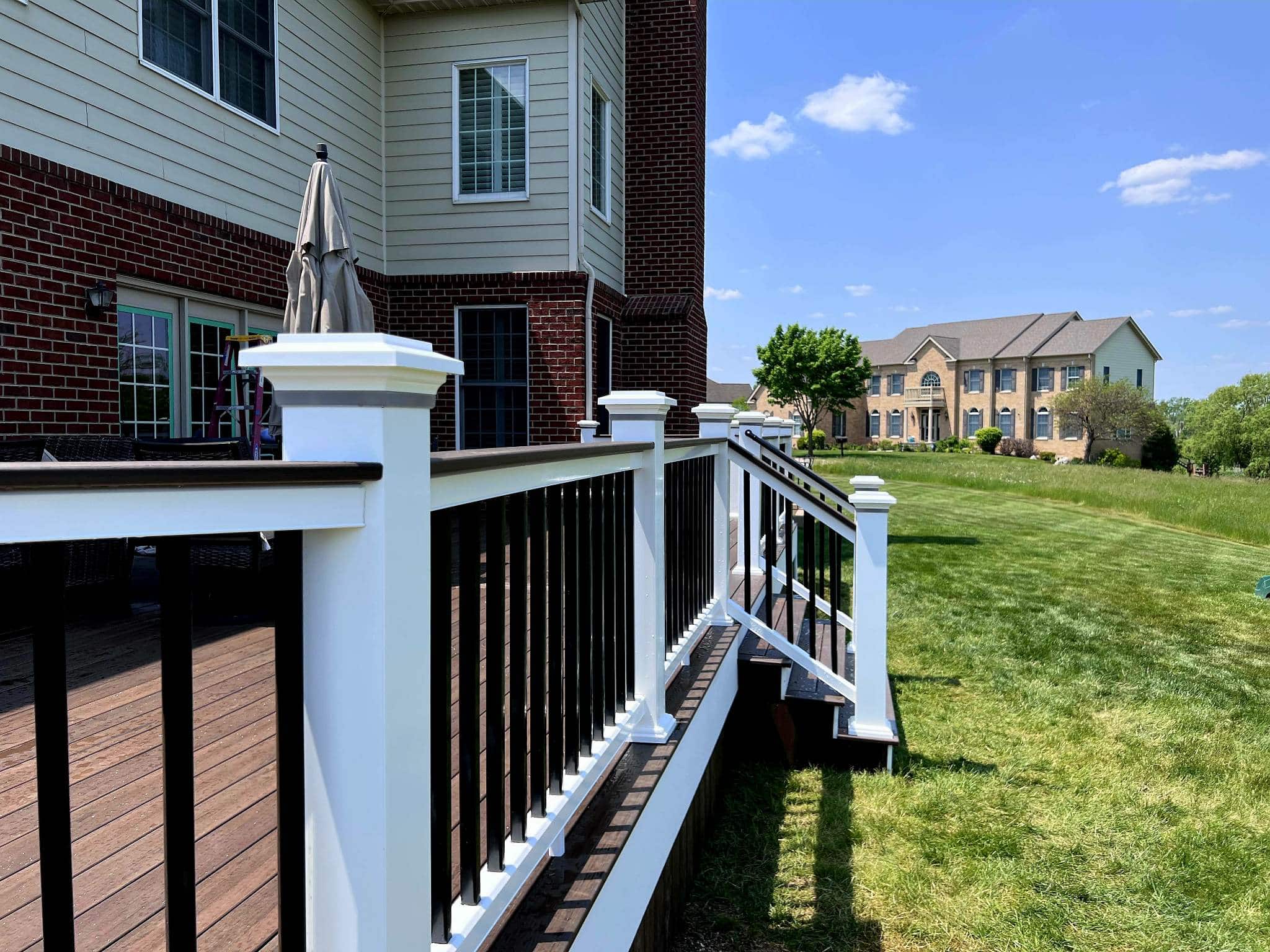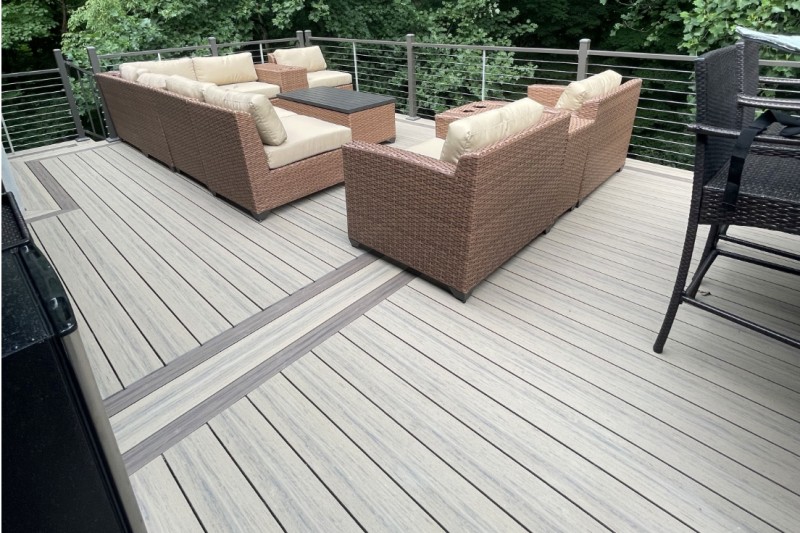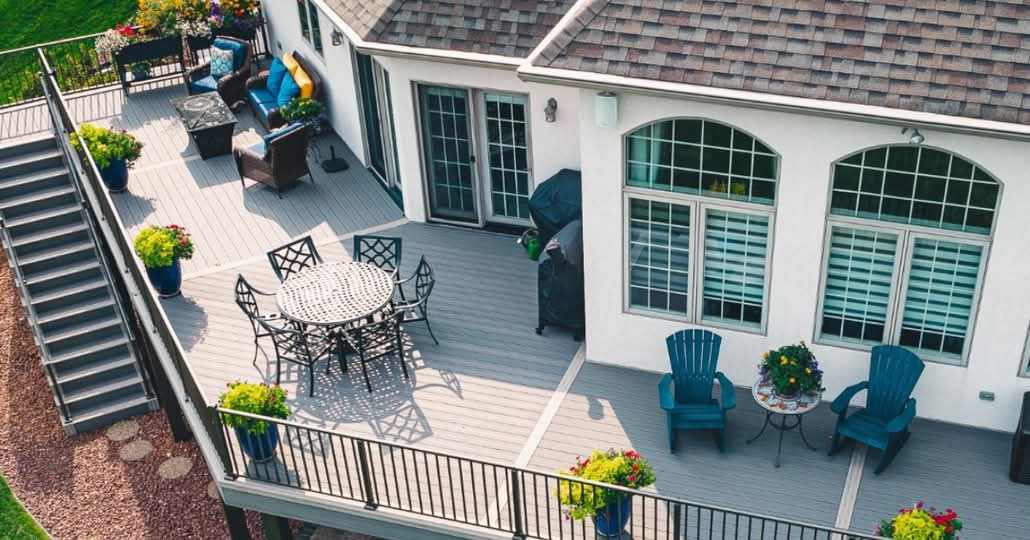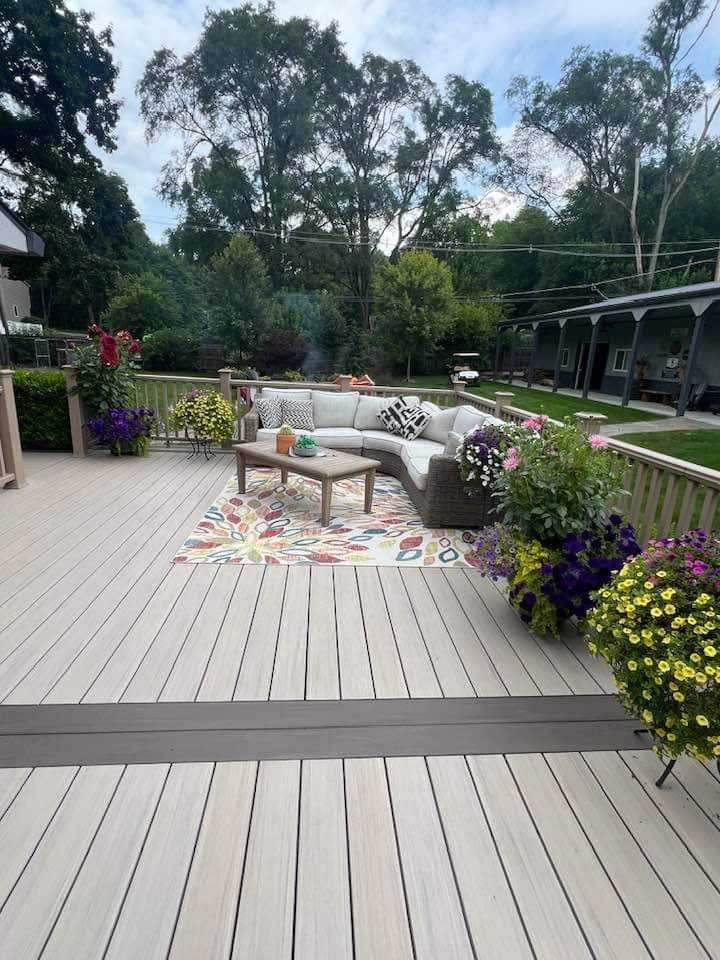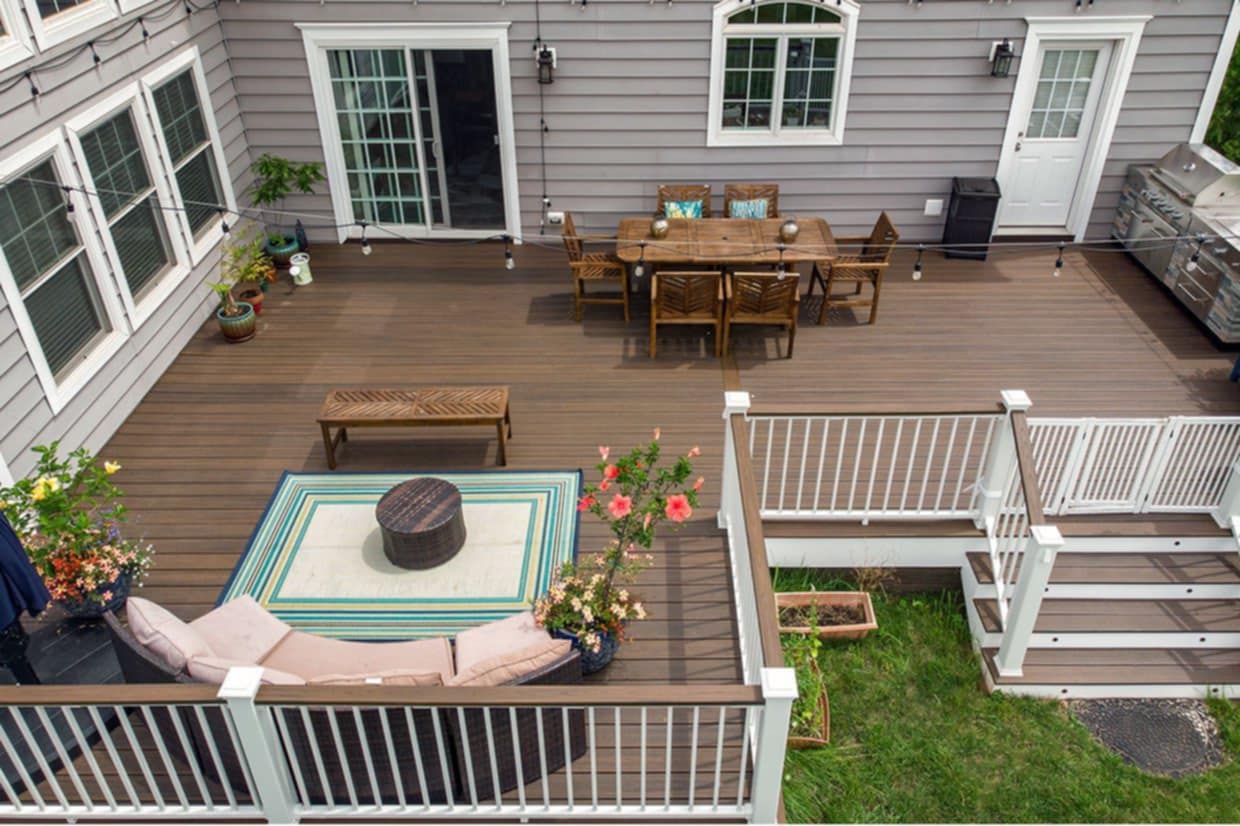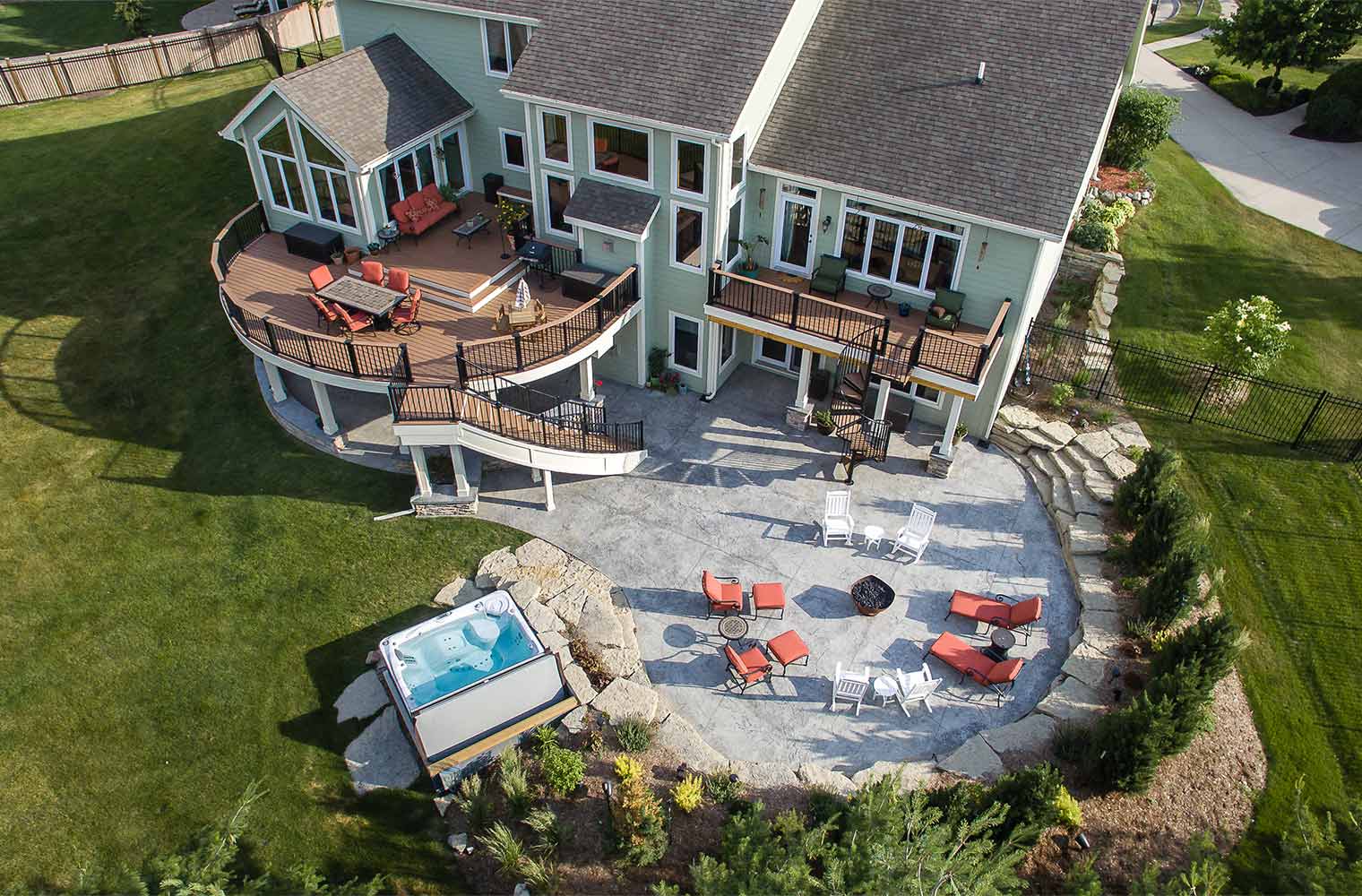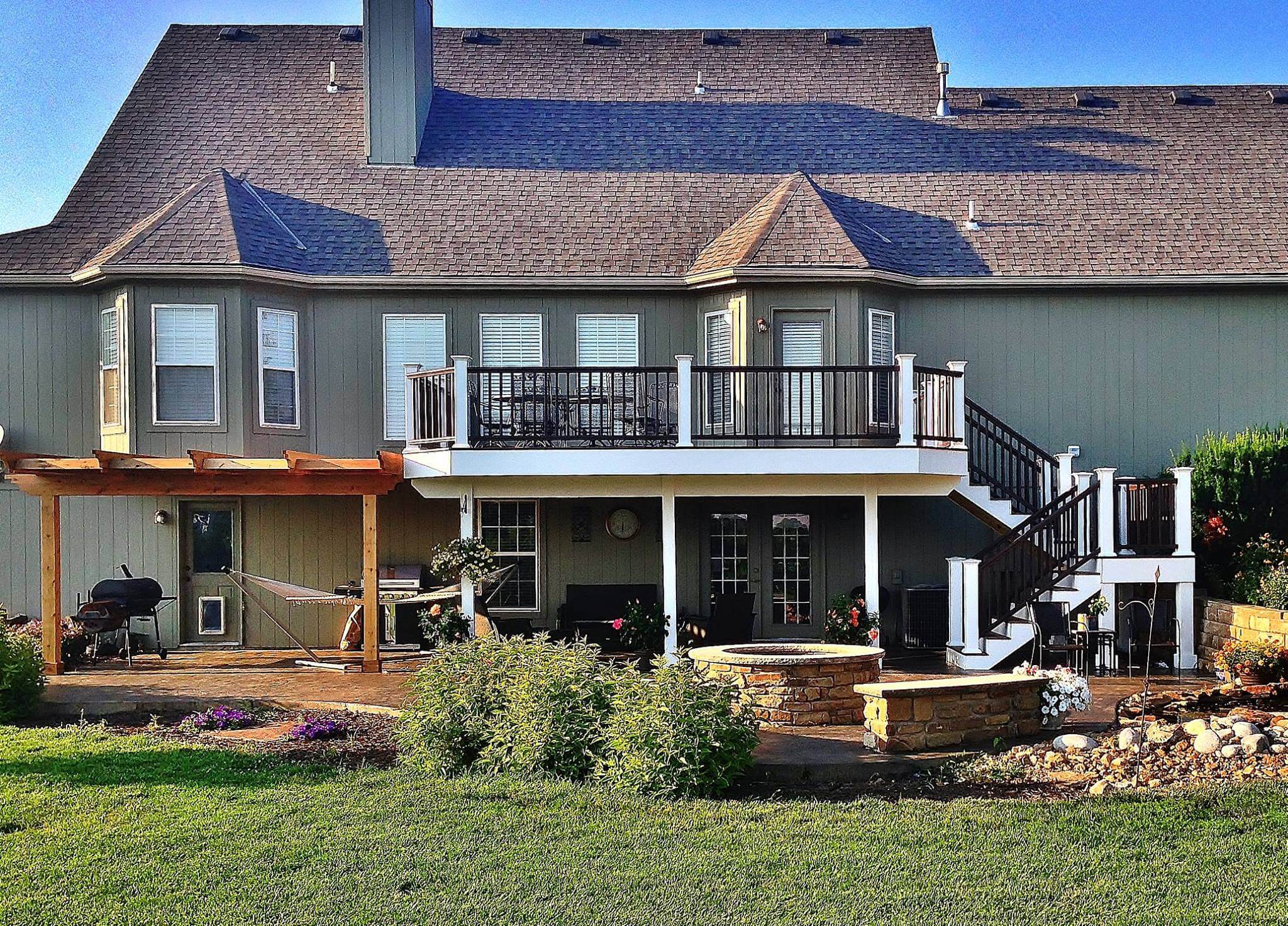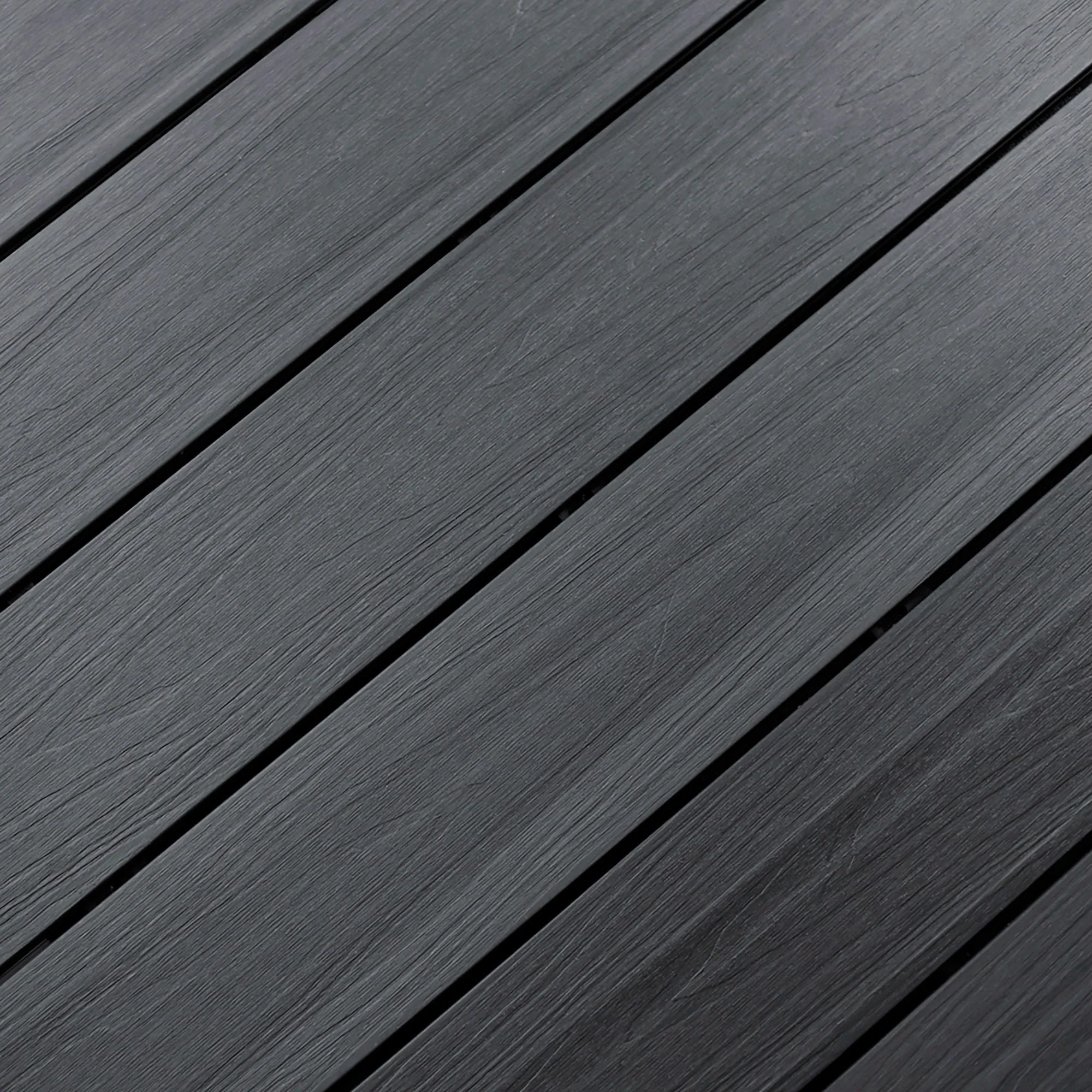Is Your Deck Safe? A Guide to Deck Safety
A well-maintained deck is a fantastic addition to any home, providing space for gatherings and relaxation. However, its crucial to prioritize deck safety to ensure the wellbeing of your family and guests. Neglected decks can pose significant risks including accidents causing injuries and even structural failure. In this blog post, we will go through essential deck safety measures and tips to determine if your deck is safe.
Regular Inspections
A deck may feel stable, but that is not the only concern while inspecting a deck. Examine the overall structure of the deck, including posts, beams, joists. Look for signs of rot, decay, insect damage, missing or loose hardware as these can compromise the deck’s stability. Be sure to check where the deck attaches to the house.
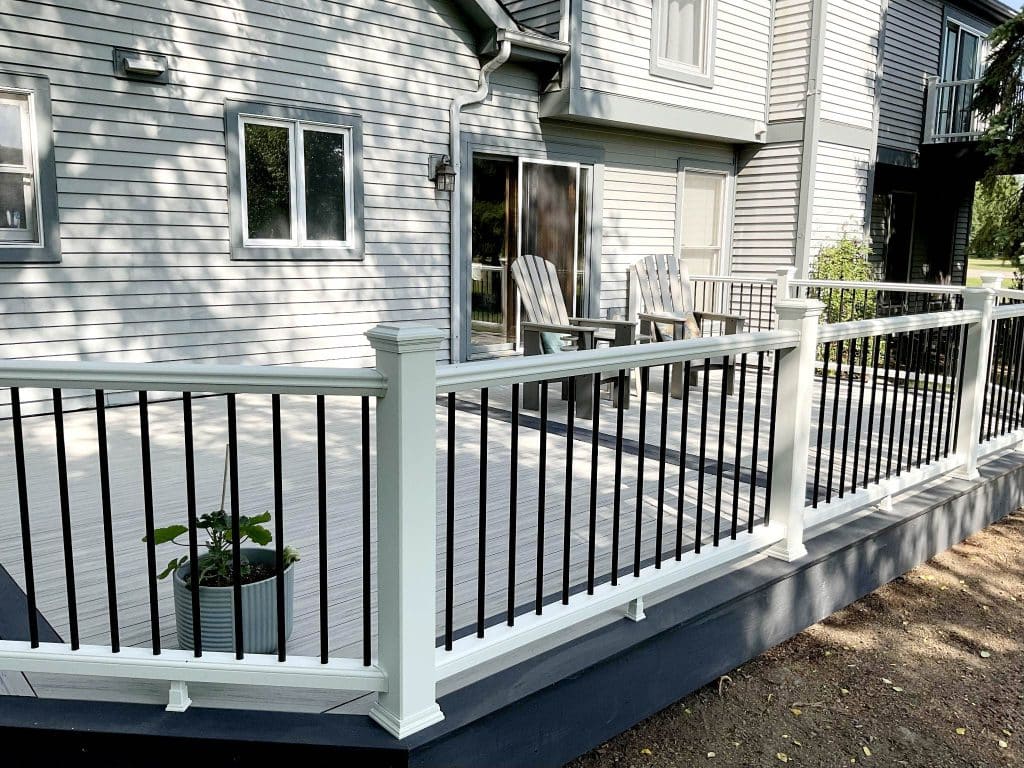
Inspect the deck boards for rot, splintering, warping, or cracking. Loose nails, screws or hardware should be replaced. Don’t forget to check the railing, ensuring it is secure and appropriate spacing.
Proper Maintenance
Maintaining a deck is essential for longevity and safety. Regularly sweep off leaves and debris as these can contribute to rot. Use a hose or pressure washer with appropriate deck cleaner and give your deck a good cleaning once or twice a year. For Composite & PVC decks follow the manufacturers guidelines for cleaning. For wood decks seal or stain every 2-3 years to protect them from the elements. This helps prevent water damage and rot.
Structural Integrity
Ensuring the structural integrity of your deck is crucial for safety. A deck that is poorly built or lacks proper support can lead to collapses and injuries. If your unsure about the construction of your deck, we advise you to consult a professional decking company.
Consider the following factors:
Load Capacity: Decks should be designed to support the weight they are intended to carry. Verify that the deck’s load capacity is appropriate for your intended use including furniture, hot tubs, patio covers, etc. As decks age and show signs of ware or rot, they lose the structural integrity of the load capacity.
Ledger Attachment: The ledger board, which connects the deck to the house must be securely attached to the house with appropriate fasteners. The ledger board should also be properly flashed to prevent water damage getting into the house or causing the deck to fail entirely.
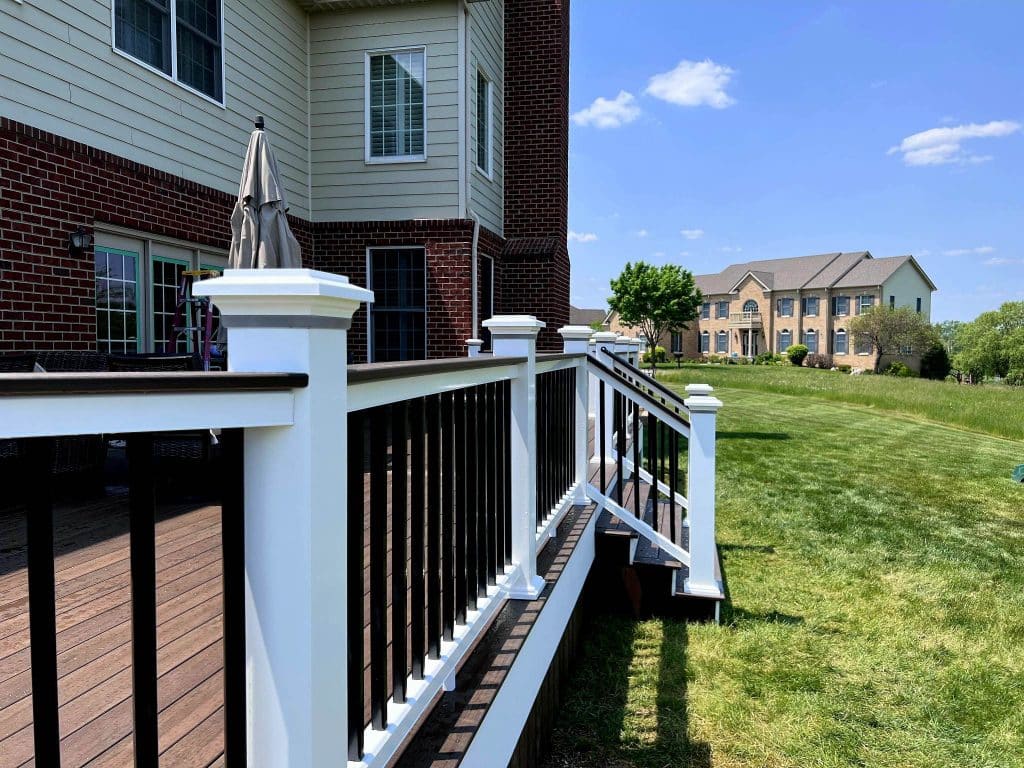
Footings: The decks’ footings should be deep enough to prevent frost heave or soil erosion. If frost heave is seen the footings will lift the deck and is a safety concern.
Railings and Stairs: The deck railing should be sturdy to prevent falls, well maintained and meet local building codes. Railings should be at least 36” high and no more than 4” spacing. Decks above 30” high are required to have handrails.
A safe and well-maintained deck is a great source of enjoyment for homeowners. Regular inspections and proper maintenance are essential elements of deck safety.
If you have any concerns about the safety of your deck consult with a professional. Prioritizing deck safety will not only enhance your outdoor living experience but also provide peace of mind for years to come.
Read to get started on your Project? Contact us today!
https://www.google.com/maps?cid=2300364325239903716


